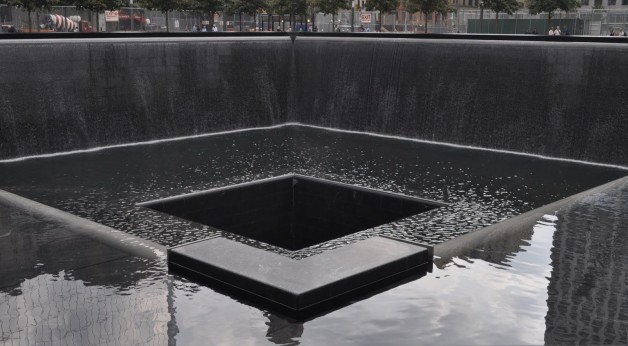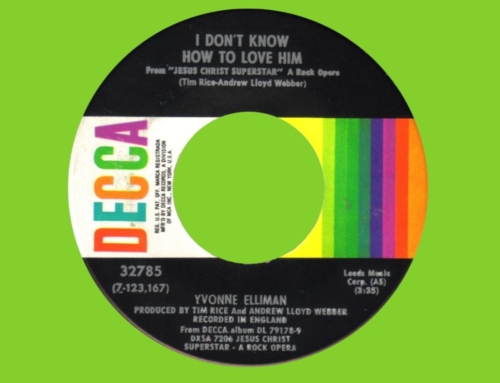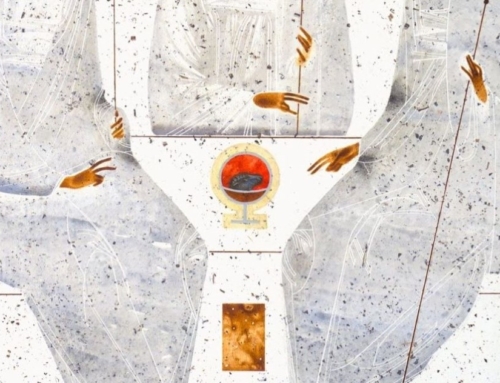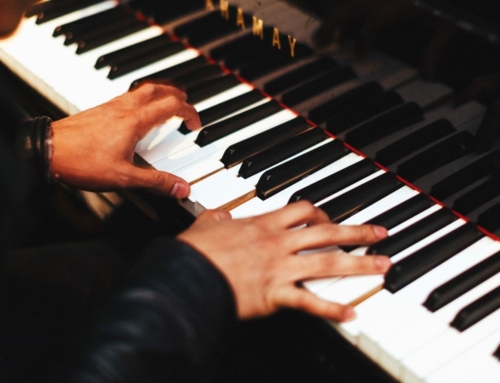The water rushed over the edges of a giant square pit, plummeted thirty feet below, and crashed into a vast basin of black granite. After the initial plunge, the water continued to flow toward the center of the basin, where it vanished from sight through a narrow square chasm. The roar was like that of the sea except that there was no ebb and flow to the noise, no tranquil intervals, no natural rhythm. The water coursed only downward, always falling, reflecting only the dull gray of the cloud-covered sky.
As I stood transfixed at the World Trade Center Memorial, I remembered the television images of men and women jumping from the tower windows. This horrific vision was somehow captured in the water that fell into the central chasm. It seemed to evoke the finality of death. While other tourists had their pictures taken with the requisite Facebook smile, I began to pray the Sorrowful Mysteries.
As I prayed, I came to realize that, although the new memorial captured with impressive solemnity the sorrow of that infamous September day, nevertheless there was something missing. There was no symbol of hope, no sign of love amid the torment. I could find no symbol of Christ’s victory anywhere at the memorial. This absence is to be expected, I suppose, in our increasingly secular nation, but the question comes to mind: why memorialize tragedy without hope? Why remember suffering without love?
As we approach the Holy Triduum, we vividly remember and memorialize the suffering and death of our Lord, but in doing so we recall above all his love—the love of a God who went to the Cross for our redemption. The tragedy of the death of the Son of God is a tragedy with the power to end all tragedy. He who is Life embraces death, and, in doing so, He defeats it. The inexorable flow of life to the cold pit of death—so aptly symbolized by the September 11th memorial—has been set upon a new course by Christ’s perfect sacrifice of love. In the Agony and the Scourging, in the Crowning and the Crucifixion, we see love, and we discover a reason to hope.
While I fingered the beads of the fifth decade, my gaze lingering on the water’s final plunge, there was a sudden break in the clouds above me. To my surprise, a single shaft of light fell across the memorial and illuminated the dark, central chasm. The water shone such a brilliant white that it no longer seemed to fall into an darkness, but rather into a cloud of light. It was as if God himself had come down upon those waters and, descending into the pit of death, had transformed the darkness into light. Within three Hail Marys the clouds had returned, the sunlight replaced by the periodic flash of the tourist’s camera, but the radiance had lasted long enough to convey something of the mystery we celebrate this Passiontide. The light of the love of God has put to flight the darkness of death, and now we wait in hope for the glorious coming of our risen Lord.
✠
Image: World Trade Center Memorial







